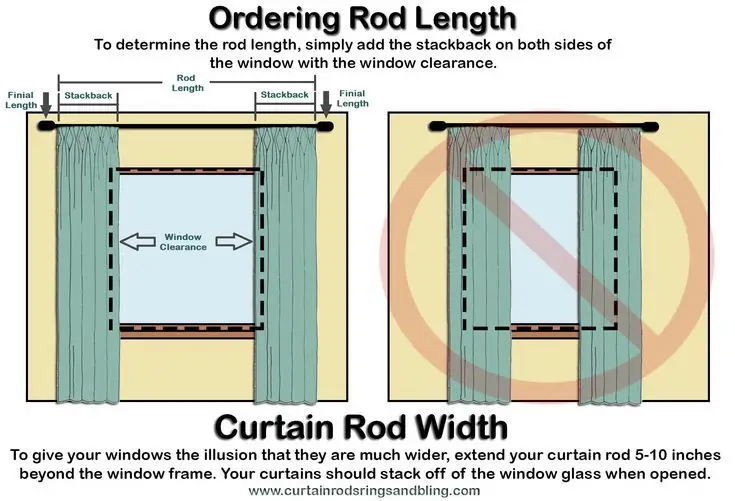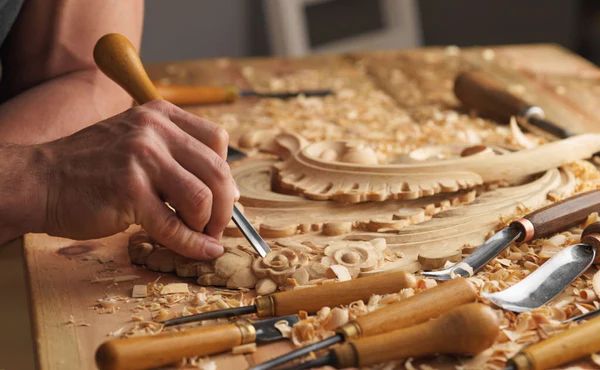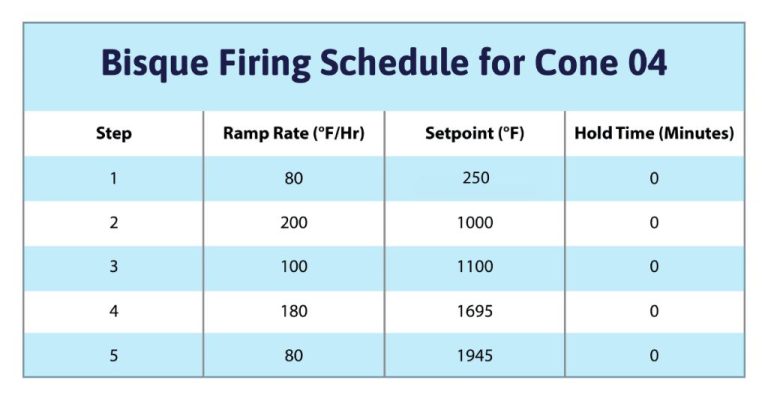Which Rod Is Best For Curtains?
Choosing the right curtain rod for your window can seem like a daunting task with all the options available today. In this article, we will cover the key factors to consider when selecting curtain rods based on room size, window height, curtain weight and width, design style, mounting type, material, and budget. By the end, you’ll have a clear understanding of which rod is best for your specific curtains and interior design needs.
Room Size
The size of the room is an important factor when selecting a curtain rod. In small rooms like bathrooms or bedrooms, it is generally recommended to use a thin diameter rod and mount it close to the window frame, in order to minimize the rod’s visual presence and sense of clutter. For medium to large size rooms like living rooms or family rooms, thicker rods with decorative finials can be used to make more of a statement. The rod can also be mounted further beyond the window frame in larger rooms, up to 8-12 inches on each side, to accentuate the height and expansiveness of the space. However, take care not to go overboard on rod size in a small room, as an oversized rod can make the room feel weighed down and cramped.
According to interior design experts, a general rule of thumb is to select a rod diameter that is 1/16th to 1/8th the width of the window. So for a 30 inch wide window, a rod with a 3/4 inch diameter would be appropriately sized (https://www.thespruce.com/types-of-curtain-rod-5499008). This helps maintain pleasing proportions. The length of the rod should extend an additional 18-24 inches beyond the window frame to allow the curtains to stack attractively when drawn open.
Window Height

One of the most important factors in choosing the right curtain rod is measuring the height of your window. Generally, you’ll want the rod to extend 4-6 inches past the window frame on either side. This allows the curtains to cover the window fully when drawn closed (1).
To find the ideal rod length, first measure the height of your window from the top of the frame to the window sill. Then add 8-12 inches to allow for the desired overhang on each side – 4 to 6 inches per side (2). For example, if your window height is 48 inches, you’ll want to select a rod that’s between 56 and 60 inches long. This ensures full coverage while creating a cohesive, balanced look.
Having a rod that’s too short will result in gaps at the top of the window when the curtains are closed. Conversely, an overly long rod can look awkward and overwhelm the window. Carefully measuring the window height and selecting the right extension for your overhang is key to getting the proportions just right.
Sources:
(1) https://www.continentalwindowfashions.com/pages/how-to-measure-for-rods
(2) https://www.thespruce.com/how-to-hang-drapes-2213455
Curtain Weight
The weight of the curtain fabric is a key factor in determining what size rod to use. Heavier, thicker fabrics like velvet or brocade require a sturdier rod that can support the weight without sagging. As a general guideline:
- Lightweight fabrics like linen or voile under 50 g/m2 can use slim rods around 1/4″ diameter.
- Medium weight fabrics between 50-150 g/m2 such as cotton or light silks work with standard rods around 5/8″ diameter.
- Heavy fabrics over 150 g/m2 including thick velvets, layered curtains, or blackout lining need a rod at least 1″ diameter, up to 1 1/4″ for very heavy drapes.
Trying to hang heavy drapes from too slim a rod will put excessive strain and cause it to droop or sag over time. The wider diameter on heavier rods provides stability and allows curtains to hang properly. Consider upgrading to a thicker, solid steel or wood rod if unsure.
Source: https://www.draperyrodsdirect.com/blog/choosing-curtain-rods
Curtain Width
The length of the curtain rod is very important in relation to the width of the curtains. The rod needs to be wide enough to support the full width of the curtains so they can open and draw smoothly without sagging or bunching up. As a general rule, the rod should extend at least 4-6 inches beyond the total width of the curtains on either side.
For example, if you have curtain panels that are each 50 inches wide, and you want to hang two panels per window, the total curtain width would be 100 inches. So your rod should be 108-112 inches wide (100 inches plus 4-6 inches on each side) to properly accommodate the full width of the curtains.
Having a rod that’s too narrow for the curtain width can cause light gaps, an uneven look, and extra wear on the curtains as they’re strained to fit. Extending the rod several inches past the curtains helps them hang and draw freely. Check the measurements carefully before purchasing a rod to get the ideal length for your curtains’ width.
Sources:
https://curtainshop.com/pages/how-to-measure-for-curtains
https://www.spiffyspools.com/spiffy-speak/curtain-rod-size-length-guide/
Design Style
Design style plays a big role in selecting the right curtain rod. You’ll want your curtains and rods to match and complement your room’s decor. Here are some considerations for different design aesthetics:
Modern: For a contemporary look, choose straight, simple rods in metals like stainless steel, nickel, or bronze. Avoid ornate decorative rods.
Rustic: Rough-hewn wooden rods pair nicely with gauzy curtains in natural fabrics like linen or cotton for a cozy, country vibe.
Coastal: Opt for casual wood or white rods to echo beach house or nautical styles. Curtain rings with seashells can enhance the coastal theme.
Traditional: Ornately carved wood or metal rods with finials suit traditional interiors. Choose pleated, floral, or damask-printed curtains.
Eclectic: Mix-and-match rods and curtains in contrasting metals, colors and textures for an eclectic look. Almost anything goes!
Think about the overall look you’re going for, and choose rod styles and finishes that coordinate with your room’s existing furniture and decor. The rod should harmonize with the curtains and enhance your chosen design aesthetic.
Mounting Type
When choosing a curtain rod, one of the most important decisions is whether to use a ceiling-mounted, wall-mounted, or tension-mounted rod. Each mounting type has its own pros and cons.
Ceiling-mounted rods allow you to create a flowing, floor-to-ceiling look. Some ceiling-mounted tracks can even be recessed into the ceiling for a seamless effect. However, they require more installation work since you must attach them directly to the ceiling. Ceiling mounts also make adjusting or removing curtains more difficult compared to other options.
Wall-mounted rods are easier to install than ceiling mounts since you simply attach them to the wall above the window frame. Wall mounts provide a clean look and make adjusting or removing curtains simpler. However, they don’t create the floor-to-ceiling drapery effect that ceiling mounts can achieve.
Tension rods mount in the window frame itself, making installation quick and easy. They can also be easily moved between windows. However, tension rods typically can’t support very heavy curtains. The rod across the window can also detract from the room’s aesthetics.
In summary, ceiling mounts offer the most dramatic look but require the most installation work. Wall mounts provide a clean finish and easier curtain adjustments. Tension rods are the simplest option but have weight and appearance limitations.
Material
The material for curtain rods greatly impacts durability, weight capacity, price, and aesthetic. Some common materials to consider include:
Wood: Wood rods like oak and pine are affordable, lightweight, and have a classic look. However, they can warp or bend over time and are not as sturdy as metal rods. Wood works best for lightweight curtains in non-humid environments. [1]
Steel: Steel rods are very strong, sturdy, and have industrial appeal. However, they can be heavy and prone to rusting. Steel rods work well for heavy curtains but may need spray paint to prevent corrosion. [2]
Wrought Iron: Wrought iron rods have an ornamental look but are lightweight and durable. The downside is they are one of the more expensive options. Wrought iron works for most curtain weights and lending a decorative touch.
Aluminum: Aluminum rods are affordable, lightweight, strong, and rust-resistant. However, they have a clinical, industrial look. Aluminum is ideal for humid areas and easily holding heavy curtains.
Consider factors like room decor, curtain weight, and budget when deciding on the best rod material for your needs.
Budget
The cost of curtain rods can vary greatly depending on the material, quality, and design. Here are some rod recommendations for different budgets:
Low Budget ($20-50): Look for basic metal rods made of steel or aluminum from brands like Allen + Roth or Room Essentials at stores like Lowes and Target. These no-frills rods will get the job done on a tight budget.
Mid-Range ($50-150): Brands like Umbra, IKEA, and Urban Outfitters offer stylish rods with interesting shapes and finishes like bronze, black, or wood for a step up. These offer better quality and more aesthetic options in the medium price range.
High Budget ($150+): For top quality, seek out brands like Restoration Hardware, Pottery Barn, and Anthropologie that use premium materials like solid wood, antique bronze, or wrought iron. Their high-end rods make a design statement but come at a premium cost.
Luxury Budget ($500+): Look to specialty brands like The Shade Store and Smith+Noble that offer custom-made, hardwood rods with designer details like hand-carving and specialty finishes. These luxurious rods can cost several hundred dollars or more.
The most budget-friendly options provide basic support and styling while more expensive rods incorporate high-end materials, custom details, and designer aesthetics for a premium curtain rod experience.
Conclusion
Choosing the right curtain rod is an important decision that impacts the look and function of your window treatments. When selecting a rod, key factors to consider include room size, window height, curtain weight and width, design style, mounting type, material, and budget. Properly measuring your windows, assessing the style of your space, and evaluating the weight of your curtains will ensure you pick the ideal rod for your needs.
The right rod will properly fit the window, smoothly operate, securely hold curtain hardware, and visually enhance the room. A rod that sags, feels flimsy, or clashes with your decor will detract from the space. Take time to evaluate all the options to find the perfect rod. With the right selection, your curtains will beautifully frame the window and complete the look of the room.



